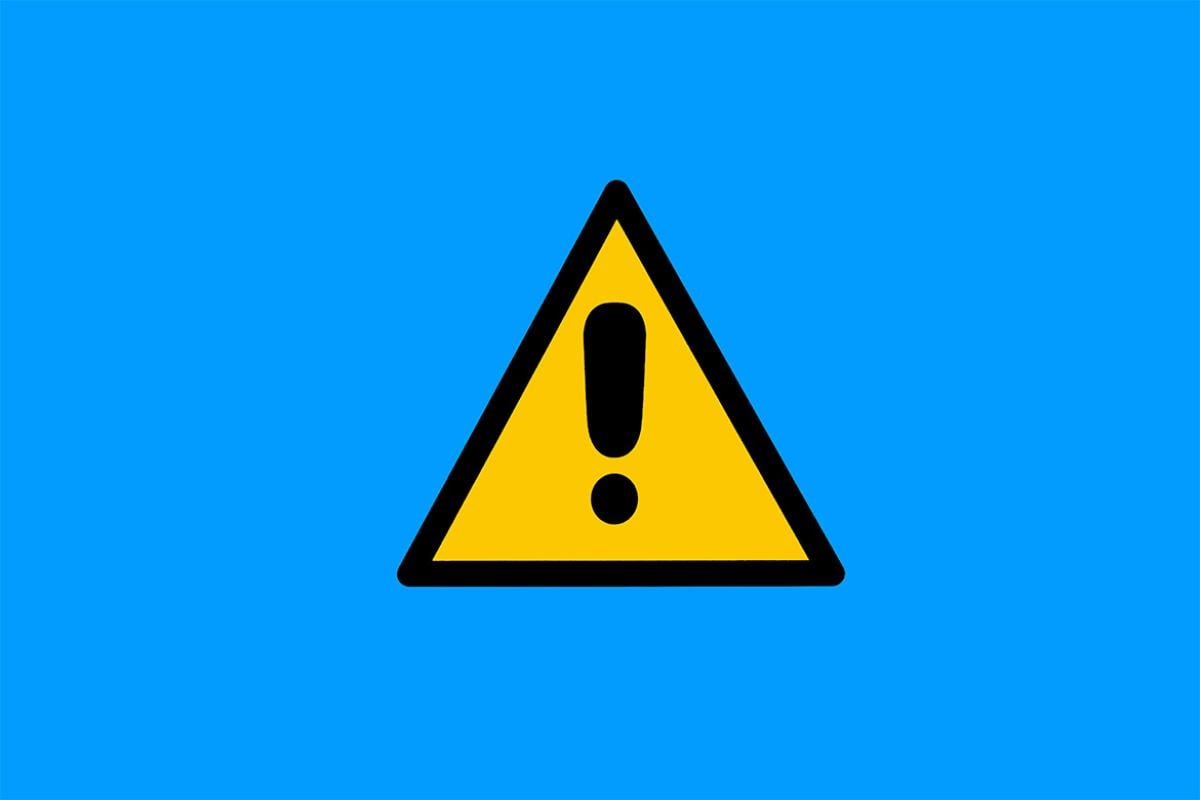Breath by breath, millions are battling a disease that steals the air from their lungs and energy from their lives. According to the Centers for Disease Control and Prevention, chronic obstructive pulmonary disease (COPD) affects about 16 million Americans—and likely many more who remain undiagnosed. Often mistaken for a lingering smoker’s cough or simple aging, COPD gradually narrows the airways, making everyday tasks like walking, talking or even laughing a challenge. Knowing how to manage COPD is key.
COPD is one of the top 10 causes of death in the U.S. with the prevalence varying depending on factors such as age, gender and race. According to the American Lung Association, 8% of people living in rural communities have COPD, compared with almost 5% in urban areas. Meanwhile, 5% of women have COPD, compared with 4.1% of men.
The AMA’s What Doctors Wish Patients Knew™ series gives physicians a platform to share what they want patients to understand about today’s health care headlines.
For this installment, Syed Nazeer Mahmood, MD, a pulmonologist and critical care physician at Bayhealth in Dover, Delaware, took the time to discuss what patients need to know about COPD.
Bayhealth is a member of the AMA Health System Program, which provides enterprise solutions to equip leadership, physicians and care teams with resources to help drive the future of medicine.
COPD is a chronic lung condition
“Chronic obstructive pulmonary disease is a group of conditions that cause chronic respiratory symptoms due to airway abnormalities,” said Dr. Mahmood. “A lot of patients get confused between COPD and asthma as symptoms can be similar.
“The key difference though is that airway constriction in asthma is usually caused by a trigger and is reversible,” he added. “In COPD, the airway damage is permanent and can lead to persistent breathing difficulties.”
Symptoms of COPD vary
“In the early stages, patients may not notice anything as the body compensates well at first,” Dr. Mahmood explained. “Eventually, symptoms appear minimal at first such as mild wheezing or getting short of breath earlier than usual. Other symptoms include a chronic cough with sputum production.”
Also, “a lot of patients with COPD have been smoking for a very long time,” he said. “Many patients assume that they just have a ‘smoker’s cough’ and ignore their symptoms. Over time though, they actually develop COPD and they don't realize it.”
Multiple conditions fall under COPD
“Emphysema and chronic bronchitis are the two most common conditions that contribute to COPD. In emphysema, there is damage to the alveoli or air sacs that are responsible for exchanging oxygen,” said Dr. Mahmood. “Chronic bronchitis involves recurrent inflammation of the smaller airways. These conditions by themselves do not always indicate COPD but when severe enough, they develop into COPD.”
Additionally, “there are conditions like bronchiectasis where there is airway damage and asthma-COPD overlap where COPD can have asthma like features,” he said.
Environment and genetics play a role
You can “think of COPD as a combination of your genetics and your environment over time,” Dr. Mahmood said. “You’ve probably heard of people who’ve smoked for ages but never developed COPD. You’ve also heard of people who smoked for a few years and then developed COPD. There is a genetic predisposition for some patients.”
“Then there is environment. When we think about the environment, the biggest thing we think about is exposure to tobacco smoke,” he said. “In the developing world, outdoor air pollution and indoor pollution with the use of wood burning stoves without adequate ventilation are a major cause of COPD.”
“Apart from that, you could also have some childhood factors such as abnormal lung development, recurrent lung infections and very poorly controlled asthma,” Dr. Mahmood said, “all of which predispose you to the development of COPD.”
“When it comes to genetics, alpha-1 antitrypsin deficiency can cause early emphysema,” he said. “A common question that I get asked is if vaping and marijuana have any relation to COPD. While these do not contain tar and many of the carcinogens found in cigarettes, vaping has been shown to cause airway inflammation and can damage lung tissue.
“Occasional marijuana use has not been linked with COPD, but heavy and chronic use can cause an increase in respiratory symptoms and worsen lung function over time. There is also a synergistic effect when marijuana and tobacco are both used,” Dr. Mahmood added.
COPD worsens lung function
“Your lungs are usually at their peak around the age of 25 years and then you will lose lung function naturally over time,” said Dr. Mahmood, adding “when you start adding that additional insult to your body, such as smoking, then your lung function declines much faster.”
“Patients with COPD are losing lung function faster, which means that you’re going to be more short of breath compared to their peers or somebody in your same age group and you’re not going to be able to do as much,” he said. “Patients with COPD can also develop exacerbations or acute flare ups of symptoms. Because COPD damages the lungs, they are also at increased risk of developing pneumonia.”
Complications can develop
“These are multiple complications that are associated with emphysema,” Dr. Mahmood said. For example, with emphysema, “patients can develop blebs or air pockets in the lungs that can rupture and collapse the lung- this can be life threatening.”
“Apart from that, because of the damage to the air sacs, your body is not absorbing oxygen the way it’s supposed to because it has less surface needed to absorb oxygen,” he said. “Apart from the symptoms such as light headedness and shortness of breath that you may feel, this also adds pressure to the heart and can lead to pulmonary hypertension, which is high blood pressure in the heart to lung circulation.”
Meanwhile, “patients with COPD oftentimes require steroids to get them out of their acute exacerbations,” Dr. Mahmood said. “Multiple courses over the years makes them more predisposed for osteoporosis or bone weakness.”
“Finally, if you smoke for long enough to get COPD, you are at a higher risk of getting lung cancer,” he said, noting that “COPD by itself is not causing lung cancer, but the risk factors are.”
There’s one way to diagnose COPD
“The only way to diagnose COPD is spirometry,” said Dr. Mahmood, “otherwise called a pulmonary function test. This is where you sit in a booth with a little tube that you’re breathing into.
“Using that we can get a complete understanding of how your lung functions,” he added.
Take steps to quit smoking
“The cornerstone for COPD management is to stop smoking if you currently are,” Dr. Mahmood said. “If you're around people who smoke, please ask them to smoke or at least not smoke in your vicinity.
“If you are using a wood burning stove or a wood furnace at home, please make sure that you have adequate ventilation,” he added, noting that an important part of COPD management is to “get the environmental factors fixed first.”
Use a maintenance inhaler
“A lot of patients will need a maintenance inhaler, which is used to try to slow down the rapid decline in function,” Dr. Mahmood said. “We’re trying to get the lung function closer to where it’s supposed to be.”
“Some patients will tell me this is the best medication, I can really breathe better, and that’s because it does reverse some of this tightening of the airway,” he said. “For other patients, they might not feel that dramatic improvement, but what it’s doing is keeping things calm, keeping the inflammation down, keeping everything stable and trying to protect you from getting that next exacerbation.”
“Proper technique and regular use are key for inhaler effectiveness,” Dr. Mahmood emphasized.
Exercise to build up endurance
As COPD advances, “there is less oxygen that is reaching your muscles. This leads to weakness and shortness of breath. Your body can adapt to less oxygen, but this requires training just as what athletes do for endurance.” Dr. Mahmood said. “The example I give is Lance Armstrong. His resting heart rate was in the 30s because his heart became very efficient at pumping out blood with each beat and his muscles adapted and became more efficient at extracting and utilizing oxygen. How did that happen? By training.”
“It is the same thing with COPD. Exercise, exercise, exercise,” he said. “Some patients may need to do pulmonary rehabilitation, which is an outpatient rehab program involving monitored exercise and education. This definitely puts you in a much better place compared to somebody else who hasn’t gone through it.”
“All you’re trying to do is build up endurance, so when you go to pulmonary rehab, you’ll see there are some people who are really on a lot of oxygen,” Dr. Mahmood said. “We personalize the exercise regimen based on your needs so someone who has knee issues may start on a bike as compared to someone who is more functional who may start on a treadmill.”
“We’re not talking about fancy exercise here. It’s just what you would do if you were going to a gym and doing cardio just with an additional component of education,” he added. “This is really doing exercise with a medical team by your side.”
Pay attention to your environment
“For somebody who already has COPD, keeping an eye on air quality is important,” Dr. Mahmood said. “For example, during the Canadian wildfires a couple years ago, we had patients here in Dover, Delaware getting admitted for exacerbations because of the poor air quality.
“That's also part of the environment—if you already have COPD, watch what's happening around you,” he added.
Watch your symptoms
“It's very easy as you get older to chalk everything up to old age and dismiss symptoms” Dr. Mahmood said. “If your shortness of breath or cough or wheezing are getting worse, do not dismiss your symptoms.
“You may need to be on a maintenance inhaler or may need a change of your current treatment regimen,” he added.
Get vaccinated
For patients with COPD, it is also important to “get vaccinated,” said Dr. Mahmood. “The flu vaccine, the COVID-19 vaccine, pneumonia vaccine, RSV are all recommended.”
“Vaccinations do not prevent you from getting the disease but increases the likelihood that the disease will be mild if you do get it,” he said. “A respiratory infection in someone with healthy lungs may be mild but in a patient with COPD, it could mean hospitalization or even require the ICU. “
Act now to manage COPD
“COPD can be managed if we act early. Most of what I am recommending- quitting smoking, exercise is lifestyle based,” Dr. Mahmood said. “And then with vaccinations and the regular use of inhalers, we should be able to manage COPD fairly well.”
“If you take these steps early and consistently, you can slow the disease progression and improve your quality of life,” he said.
Table of Contents
- COPD is a chronic lung condition
- Symptoms of COPD vary
- Multiple conditions fall under COPD
- Environment and genetics play a role
- COPD worsens lung function
- Complications can develop
- There’s one way to diagnose COPD
- Take steps to quit smoking
- Use a maintenance inhaler
- Exercise to build up endurance
- Pay attention to your environment
- Watch your symptoms
- Get vaccinated
- Act now to manage COPD





